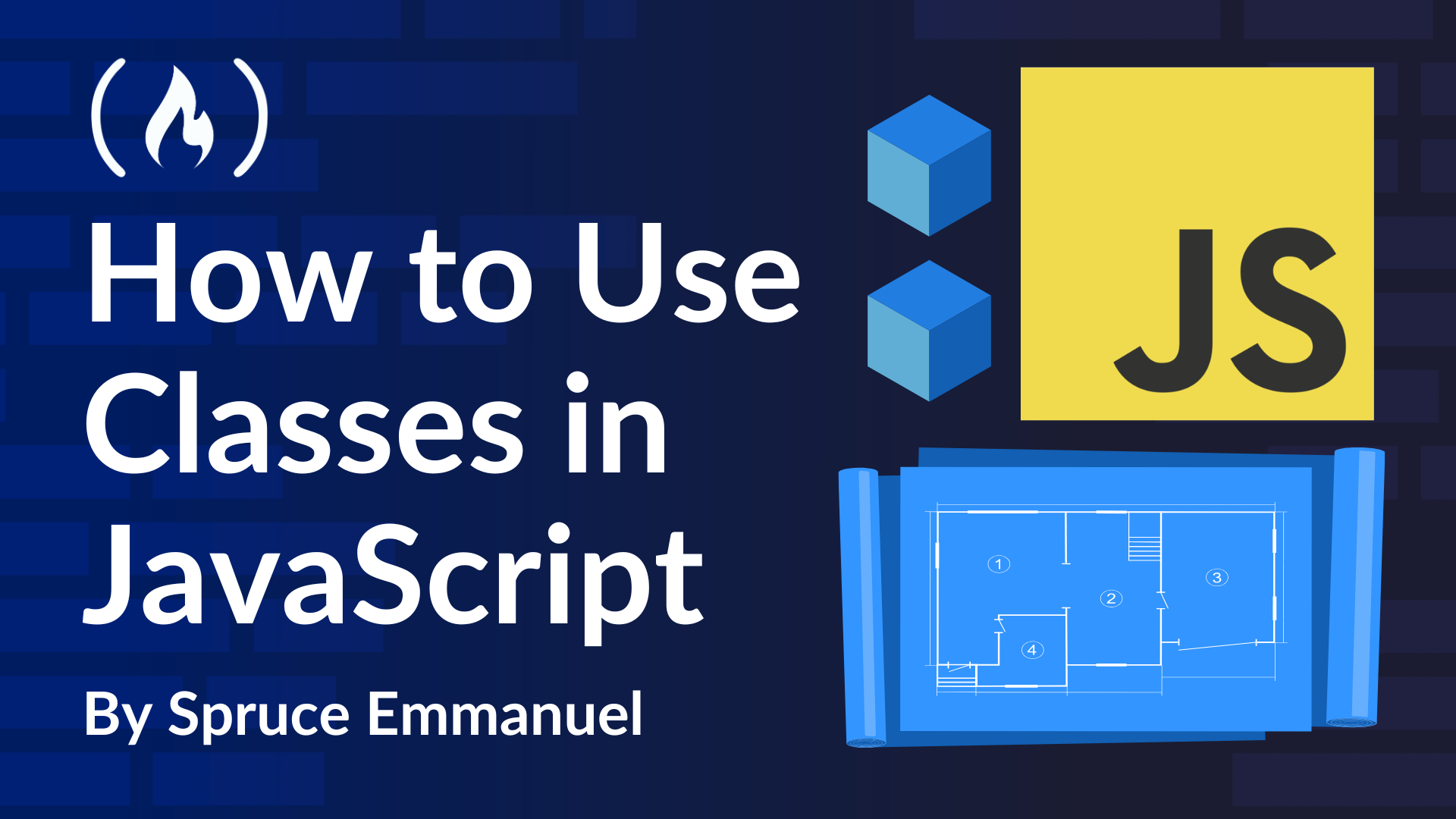
Constructor Functions: Object Blueprints—Let's Get Practical
Constructor Functions: Object Blueprints—Let's Get Practical 관련
Okay, prototypes are pretty cool for code reuse and making specialized objects. We saw how Object.create() lets us create objects that inherit from others. But imagine that we wanted to make tons of Person objects, like, hundreds of them for a website. Typing out Object.create(person) for every single one would get super repetitive, especially if we always want every Person to start with the same basic properties, like a firstName and lastName.
We need a more efficient way to make lots of objects that follow the same pattern. What we really need is something like a blueprint—something we can use over and over again to stamp out new objects, all looking and working in a similar way. And guess what? That’s exactly what constructor functions are for.
Think of constructor functions as JavaScript's way of creating blueprints for objects. They're like object factories. And in JavaScript, we use constructor functions, which are specialized functions used in a particular way, to create these blueprints. Yep, functions again. But we use them in a special way.
So what is a constructor function, exactly?
Well, like I said, it's a function that creates objects. Take a look at this example:
function PersonConstructor(name, age) {
this.name = name;
this.age = age;
this.greet = function () {
console.log(`Hello, I'm ${this.name}`);
};
}
That looks like a regular function. You're absolutely right. It looks just like any other function you've probably written in JavaScript. In fact, let's prove it. If we just log PersonConstructor itself, we’ll see:
console.log(PersonConstructor);
// output
function PersonConstructor(name, age) {
this.name = name;
this.age = age;
this.greet = function () {
console.log(`Hello, I'm ${this.name}`);
};
}
See? Just a regular function. So, what makes it a constructor function?
The Magic Ingredient: The new Keyword
What turns an ordinary function into a constructor**—**something that builds objects—is the new keyword. It's like saying to JavaScript, "Hey, treat this function as a blueprint, and use it to create a new object for me."
Let's see it in action:
const person1 = new PersonConstructor("Alice", 25);
console.log(person1);
//
// PersonConstructor { name: 'Alice', age: 25, greet: [Function] }
In the output now, instead of just seeing the function code, we're seeing a PersonConstructor object. The new keyword didn't just call the function, it actually created a brand new object based on the PersonConstructor blueprint.
Now, we can use this blueprint, PersonConstructor, to create as many Person objects as we want, all with the same basic structure:
const person1 = new PersonConstructor("Alice", 25);
const person2 = new PersonConstructor("Bob", 30);
const person3 = new PersonConstructor("Charlie", 28);
console.log(person1);
console.log(person2);
console.log(person3);
//
// PersonConstructor { name: 'Alice', age: 25, greet: [Function] }
// PersonConstructor { name: 'Bob', age: 30, greet: [Function] }
// PersonConstructor { name: 'Charlie', age: 28, greet: [Function] }
Cool, right? We have three distinct Person objects, all created from the same PersonConstructor blueprint.
Hold Up... What's This this Keyword I Keep Seeing?
You've probably noticed the word this popping up a lot in these code examples, like in this.name, this.age, and this.greet(). And you might be thinking, "What in the JavaScript world is this?"
Don't worry, this can be a bit confusing at first, but it's actually pretty simple once you get the hang of it. Let's break it down with a simple analogy.
Imagine you're describing yourself. You might say, "My name is [Your Name]." In this sentence, "my" refers to you, the person speaking.
In JavaScript objects, this is like "my" or "me." It's a way for an object to refer to itself.
Let's see this with a regular object example first:
const PersonObject = {
name: "Spruce",
greet: function () {
console.log("Hello, my name is " + PersonObject.name); // Using PersonObject.name directly
},
};
PersonObject.greet(); // Output: Hello, my name is Spruce
In this PersonObject, inside the greet function, we used PersonObject.name to access the name property. This works perfectly fine. We're directly telling JavaScript to get the name property from the PersonObject. We could use this here too, but let's see why this becomes super helpful, especially in constructor functions.
Now, consider this slightly different version using this:
const PersonObjectThis = {
name: "Spruce",
greet: function () {
console.log("Hello, my name is " + this.name); // Using 'this.name'
},
};
PersonObjectThis.greet(); // Output: Hello, my name is Spruce
See? It still works the same way. When greet is called on PersonObjectThis, inside the greet function, it automatically refers to PersonObjectThis. So this.name is just a more dynamic way of saying "the name property of this current object."
Why use this instead of directly naming the object?
Because this is dynamic and context-aware. It always points to the object that is currently calling the method. This becomes essential in constructor functions because constructor functions are designed to create many different objects.
Back to constructor functions: What does this mean there?
Let's revisit our PersonConstructor:
function PersonConstructor(name, age) {
this.name = name;
this.age = age;
this.greet = function () {
console.log(`Hello, I'm ${this.name}`);
};
}
const person1 = new PersonConstructor("Alice", 25);
const person2 = new PersonConstructor("Bob", 30);
When we do const person1 = new PersonConstructor("Alice", 25); inside the PersonConstructor function:
thisbecomesperson1. It's as if JavaScript is doing:person1.name = "Alice";person1.age = 25;person1.greet = function() { ... };
And when we do const person2 = new PersonConstructor("Bob", 30); inside PersonConstructor again:
thisbecomesperson2. Like JavaScript doing:person2.name = "Bob";person2.age = 30;person2.greet = function() { ... };
So, this in a constructor function is like a placeholder that gets filled in with the specific object being created when you use new. It's what lets us create many different objects from the same blueprint.